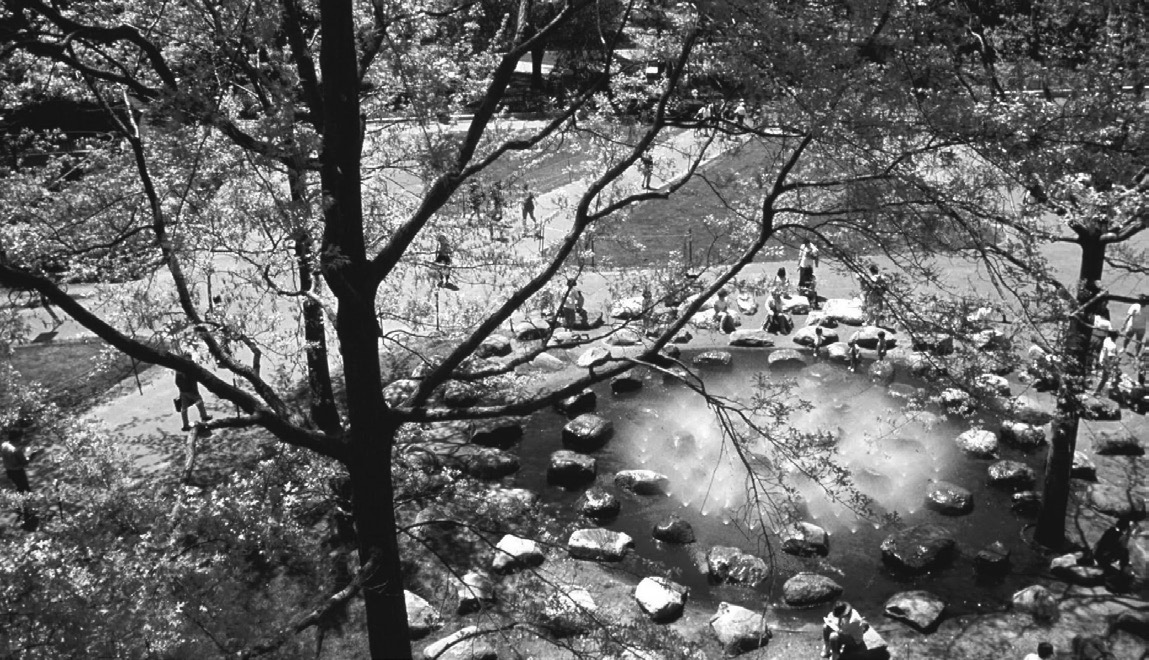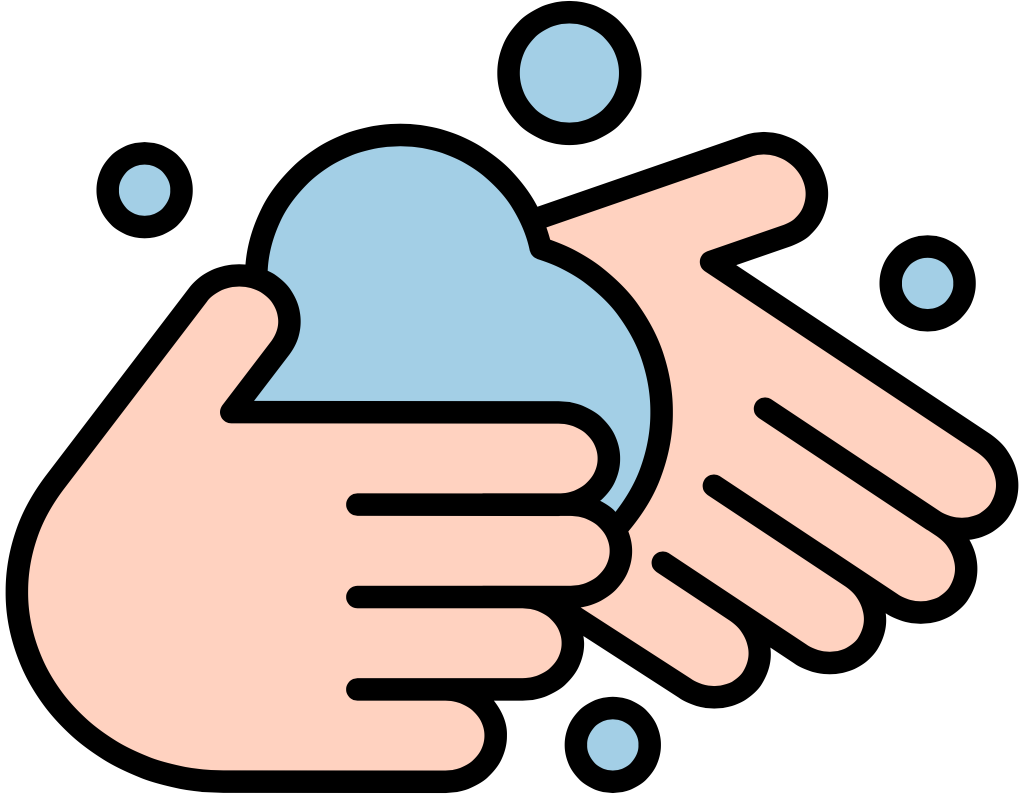Downloads
DOI:
https://doi.org/10.51588/eaaeacp.29Keywords:
architectural education, architectural creativity, meditative spaces, neuroscience of creativity, restorative environmentsAbstract
Creativity is a mental process, as Andreasen (2006) describes, it happens when a thought comes up to surface in the mind, it has a complex nature and it does not happen in a tabula rasa condition, instead interaction of human thoughts with socio-cultural situations creates this phenomenon, as Portillo (1996) defines the creativity as an interconnected and multidimensional construct involving person, process, product and place (environment/ press). One of the main intentions of this paper is to address the relationship between the creativity and its supportive environment in case of architectural education which can be defined as a design study that get its origins from creativity.
How to Cite
Published
Issue
Section
License
Copyright (c) 2019 Beste Sabir

This work is licensed under a Creative Commons Attribution 4.0 International License.
References
Andreasen, N. (2006). The Creative Brain: The Science of Genius, Plume.
Bohm, D. (1998). On Creativity, Routledge.
Csikszentmihalyi, M. (2013). Creativity: Flow and The Psychology of Discovery and Invention. Harper Perennial.
DEBONO, E. (1993). Serious Creativity: Using the Power of Lateral Thinking to Create New Ideas. London: Harper Collins Publishers.
DEMIRBAS, O. & DEMIRKAN, H. (2000). Privacy dimensions: a case study in the interior architecture design studio. Journal of Environmental Psychology, 20, (1), 53–64.
Freeman, J. (1971). Creativity: A Selective Review of Research, Society for Research into Higher Education Ltd, pp.41.
Guilford, J. P. (1950). Creativity. American Psychologist, 5(9), 444–454.
HASIRCI, Deniz. (2000). The Effects of the Design and Organization of Learning Environments on Creativity: The Case of Two Sixth Grade Art-Rooms. MFA Thesis. Bilkent University.
Kaplan, R., Kaplan, S. & Ryan, R (1998). With people in mind: Design and management of everyday nature. Washington, D.C.: Island Press.
Kaufman, S., Gregoire, C. (2015). Wired to Create: Unravelling the Mysteries of the Creative Mind. TarcherPerigee.
Mallgrave, H.F. (2011). The Architect’s Brain: Neuroscience, Creativity, And Architecture. Wiley-Blackwell.
Parnes, J. (1963). Education and Creativity, Teachers College Record, vol64, 1963, pp. 331–339.
Portillo, M. (1996). Uncovering implicit theories of creativity in beginning design students. Journal of Interior Design, 22(2), 16–24.
Potur, A., Barkul, A. (2006). Creative Thinking in Architectural Design Education, 1st International CIB Endorsed METU Postgraduate Conference Built Environment & Information Technologies, Ankara.
Runco, M. (2014). Creativity: Theories and Themes: Research, Development, and Practice, Academiz Press.





